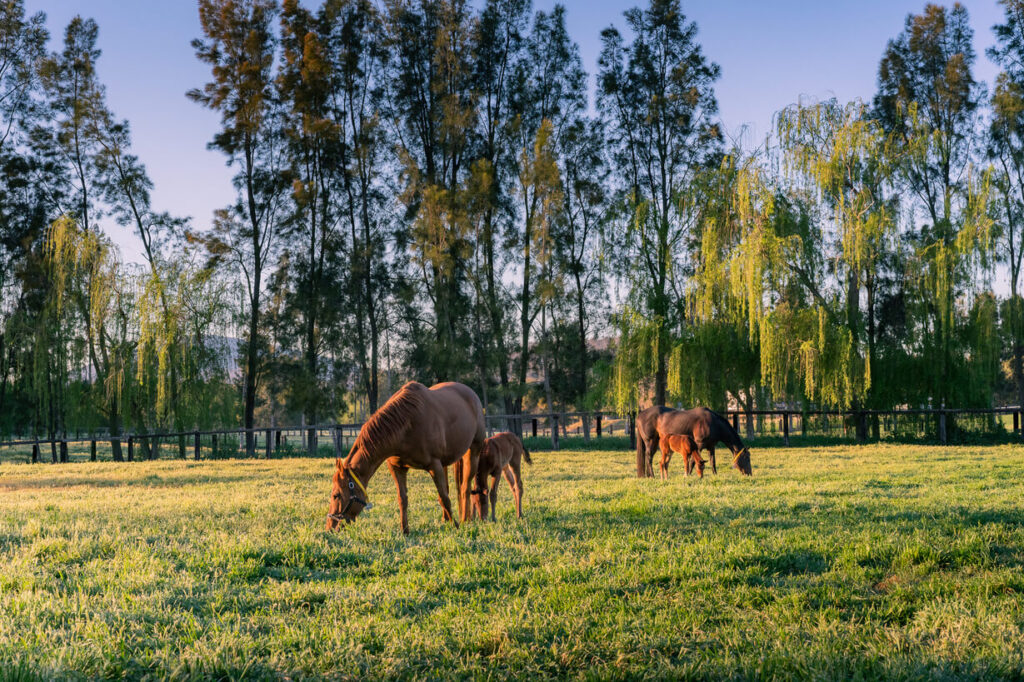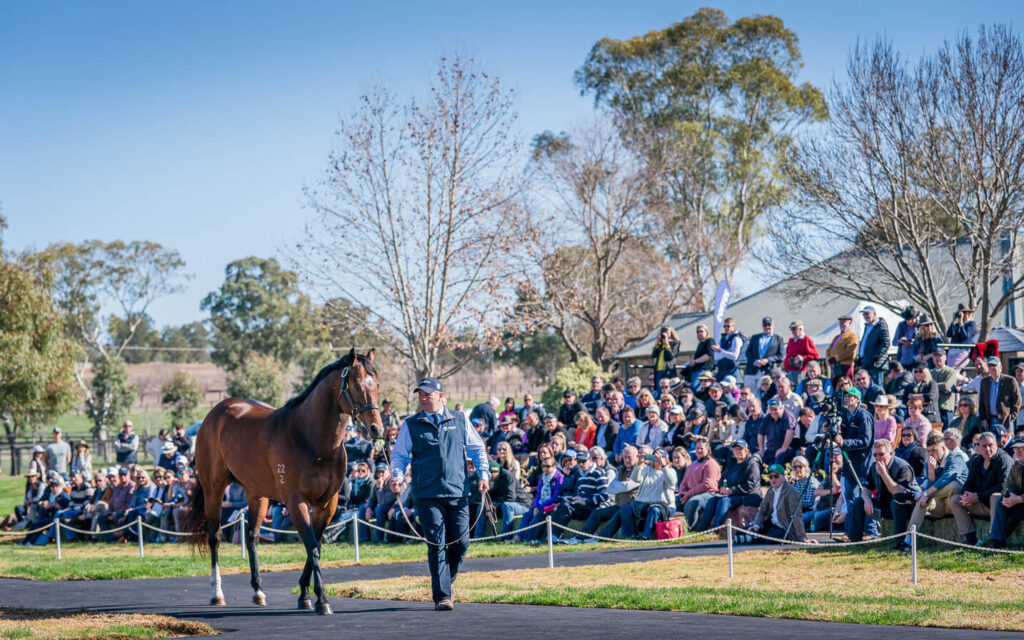All Australians are familiar with the Melbourne Cup and, in regional areas, their local country cup, but many are less familiar with how the breeding industry works.
Without the Australian thoroughbred breeding industry and the thousands of mares and stallions it encompasses – not to mention the tens of thousands of people looking after them – there would be no ‘races’.

So, here are just some of the basics:
- The official Australian breeding season begins on 1 September every year.
- From this time, mares can be mated to or ‘covered by’ stallions. In most cases, mares will be transported to stallion farms – sometimes interstate travel is involved.
- As with thoroughbred breeding in every jurisdiction throughout the world, all matings or ‘covers’ are done naturally.
- The mare owner pays the stallion farm a ‘service fee’ which can range from a mere few hundred dollars right through to over $200,000 for the highest credentialled stallions.
- While the average stallion ‘covers’ about 30 mares in the domestic season, the most popular will mate with up to 200 females. Most stallion covers will occur between 1 September and late November. The ‘busiest’ stallions in 2019 were Rubick who covered 262 mares and Deep Field, who covered 256 mares. 79 stallions covered 100 mares or greater.
- The average gestation period (time for the foal to be born) for a horse is approximately 340 days (11+ months) so the first foals generally arrive in early August.

